Mica from North Carolina
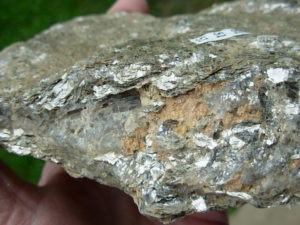 Mica is a group of thirty seven minerals that are physically and chemically similar. They are all sheet silicate minerals (form in distinct layers). Micas are lightweight and soft, and the sheets and flakes of mica are flexible. Mica has a pearly or vitreous luster and is heat-resistant and does not conduct electricity. There are four minerals that are most commonly associated with the word Mica:
Mica is a group of thirty seven minerals that are physically and chemically similar. They are all sheet silicate minerals (form in distinct layers). Micas are lightweight and soft, and the sheets and flakes of mica are flexible. Mica has a pearly or vitreous luster and is heat-resistant and does not conduct electricity. There are four minerals that are most commonly associated with the word Mica:
Lepidolite (purple, pinkish, silver or gray)
MicaBiotite (dark green, brown or black)
MicaPhlogopite (brown, yellowish-brown or green- white)
MicaMuscovite (colorless or transparent) Mica
There are basically two types of mica that are found in North Carolina. They are Sheet Mica and Flake Mica. North Carolina produces about half of all Mica mined in the USA. Scrap Mica is mica that because of size, color, or quality is below the standards for being called sheet mica. The term Scrap Mica includes flake mica, mica (except sheet) obtained from pegmatite mining or waste from the preparation and fabrication of sheet mica.
Mining Sheet Mica is extremely cost prohibitive since it is difficult to locate and is generally found in a hard pegmatite ore. The removal of the delicate mica from this ore requires precision blasting and very cautious handling during extraction. Sheet mica is no longer mined in the United States due to the high cost of mining and a low demand for Sheet Mica. Currently most sheet mica is mined in countries where labor costs are low enough to make it a profitable venture.
Mining Flake Mica is a more practical venture. It is generally found in schist or pegmatites and is mined by conventional open-pit methods. In soft materials, bulldozers, track hoes and front end loaders are used in the mining process. Hard-rock mining of mica-bearing ore (such as found in quartz) requires drilling and blasting. After blasting the rough ore is sent to a processing plant, where mica is extracted from the ore and associated quartz and feldspars are removed.
The section of the mountains in Western North Carolina where we found this mica is in the Clear River Valley near Lake Toxaway in Transylvania County. The mica found here is normally formed in layers of schist like Mica mixed with layers of quartz and Albite. We have obtained exclusive access to this area. Excavation has been done with a skid steer and a tractor front loader. Specimens are then pulled out by hand and cleaned.
The primary uses of ground flake or scrap mica are in gypsum wallboard joint compound, paint, plastics and rubber industries. Mica is used as filler or an extender. Sheet mica is used principally in the electrical, heating stoves or kerosene heating industries. It is an electrical and thermal insulator.
-
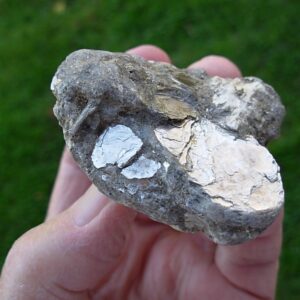
North Carolina Mica Specimen
$18.00 Add to cart -
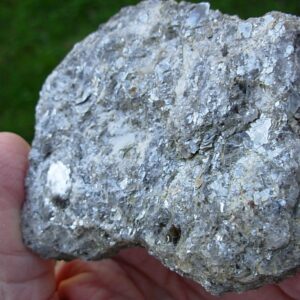
North Carolina Mica Specimen
$24.00 Add to cart -
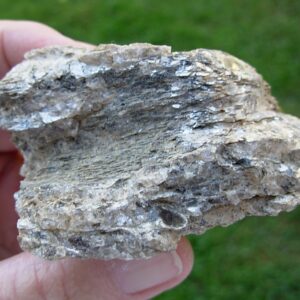
North Carolina Mica Specimen
$19.00 Add to cart -
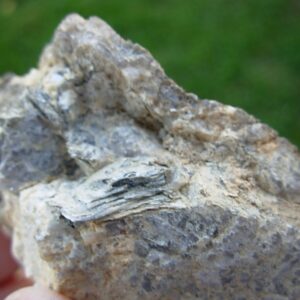
North Carolina Mica Specimen
$14.00 Add to cart -
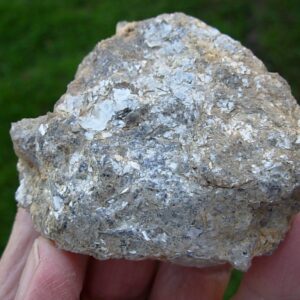
North Carolina Mica Specimen
$22.00 Add to cart -
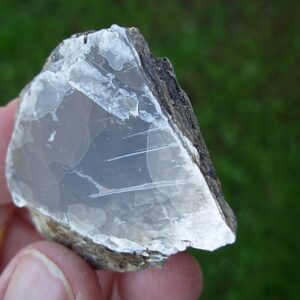
North Carolina Mica Specimen
$17.00 Add to cart -
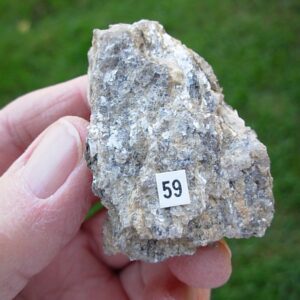
North Carolina Mica Specimen
$15.00 Add to cart -
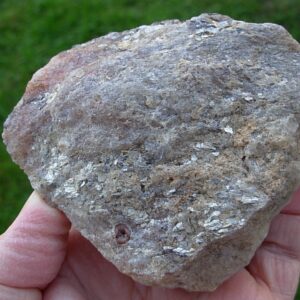
North Carolina Mica Specimen
$18.00 Add to cart -
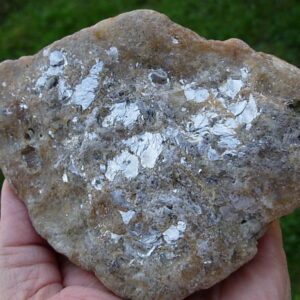
North Carolina Mica Specimen
$22.00 Add to cart -
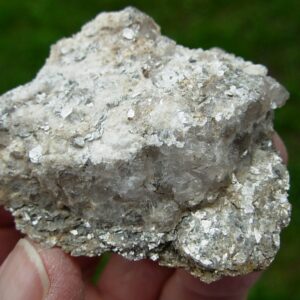
North Carolina Mica Specimen
$10.00 Add to cart -
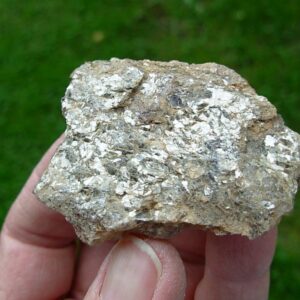
North Carolina Mica Specimen
$10.00 Add to cart -
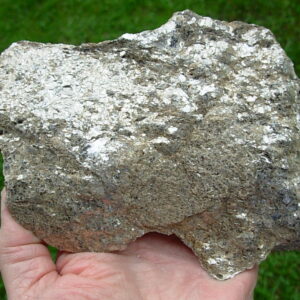
North Carolina Mica Specimen
$28.00 Add to cart -
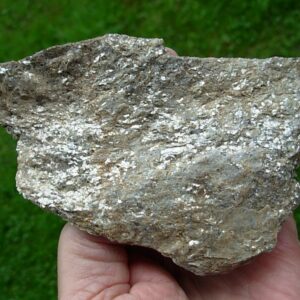
North Carolina Mica Specimen
$20.00 Add to cart -
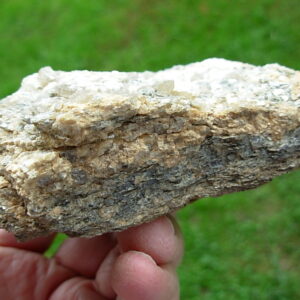
North Carolina Mica Specimen
$24.00 Add to cart -
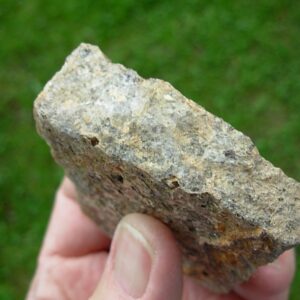
North Carolina Mica Specimen
$10.00 Add to cart -
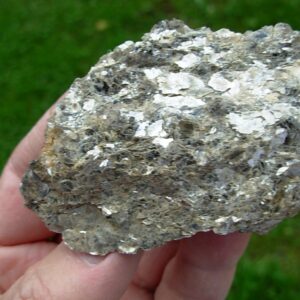
North Carolina Mica Specimen
$10.00 Add to cart -
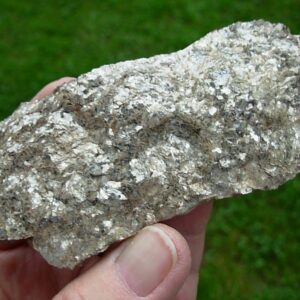
North Carolina Mica Specimen
$12.00 Add to cart -
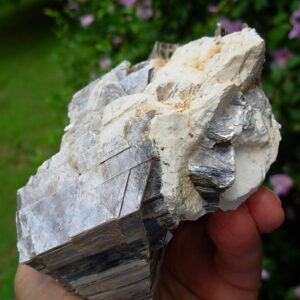
Very Rare Mica Books from the Old Pressley Sapphire Mine in Canton, North Carolina
$149.00 Add to cart
